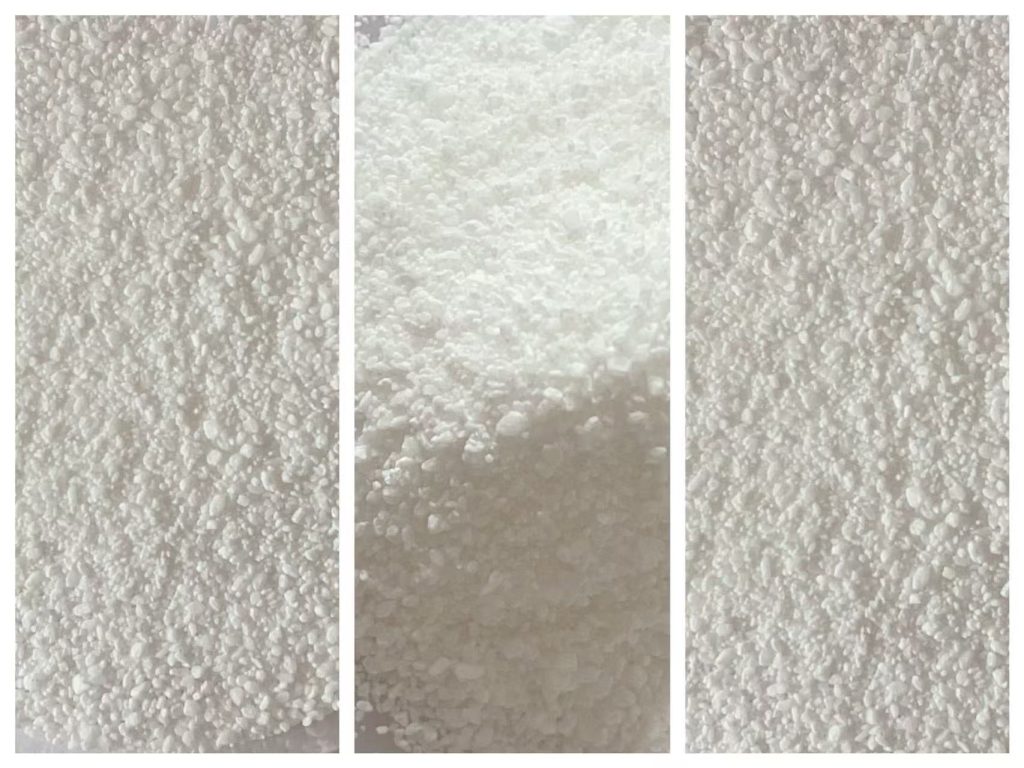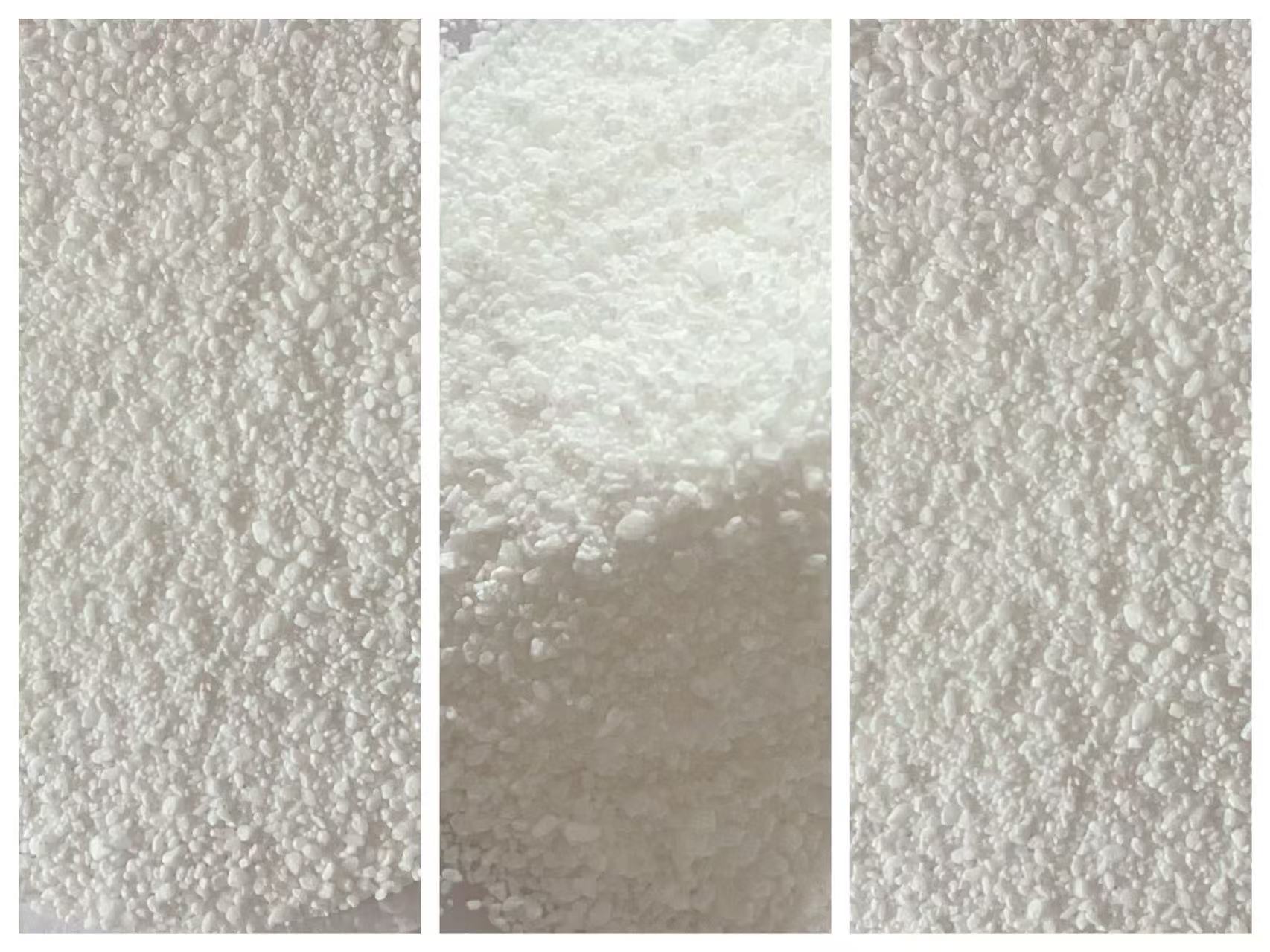Isomalt Introduction
Sugar substitutes play a crucial role in the food and pharmaceutical industries, particularly in sugar-free and reduced-calorie products. Among the most commonly used sugar alcohols (polyols) are Xylitol DC (Direct Compression), Sorbitol DC, and Isomalt DC. Each has distinct properties that make them suitable for different applications. This essay compares their characteristics, advantages, and key differences in terms of sweetness, glycemic index (GI), compressibility, stability, and applications.
Comparative Characteristics
| Property | Xylitol DC | Sorbitol DC | Isomalt DC |
|---|---|---|---|
| Sweetness (vs. Sucrose) | ~100% (similar to sugar) | ~60% (less sweet than sugar) | ~50-60% (mild sweetness) |
| Glycemic Index (GI) | Low (7) | Medium (9) | Very Low (2) |
| Caloric Content (kcal/g) | 2.4 | 2.6 | 2.0 |
| Compressibility | Good, but may require binders | Excellent, ideal for direct compression | Good, but may need additional excipients |
| Hygroscopicity | Moderate | High (absorbs moisture easily) | Low (highly stable) |
| Cooling Effect | Strong | Moderate | Mild |
| Digestive Tolerance | May cause laxation at high doses | Higher risk of bloating/diarrhea | Better tolerance due to slow absorption |
| Applications | Chewing gum, oral care, diabetic foods | Chewable tablets, syrups, sugar-free candies | Hard coatings, lozenges, baked goods |
Detailed Comparison
1. Sweetness and Glycemic Impact
- Xylitol DC is the sweetest among the three, matching sucrose in sweetness, making it ideal for sugar-free confectionery and oral care products. Its low GI (7) makes it diabetic-friendly.
- Sorbitol DC has only 60% of sucrose’s sweetness, requiring additional sweeteners in formulations. Its moderate GI (9) still suits diabetic products but with caution.
- Isomalt DC is the least sweet (50-60% of sugar) but has the lowest GI (2), making it the safest for diabetics and long-term metabolic health.
2. Compressibility and Stability
- Sorbitol DC is highly compressible, making it a preferred choice for direct compression in chewable tablets and effervescent formulations. However, its high hygroscopicity can lead to stability issues in humid conditions.
- Xylitol DC has decent compressibility but may require binders like microcrystalline cellulose (MCC) for optimal tablet hardness. It is less hygroscopic than sorbitol but still moisture-sensitive.
- Isomalt DC has low hygroscopicity, ensuring excellent stability in dry and humid environments. However, it may need additional excipients for optimal tablet formation.
3. Cooling Effect and Digestive Tolerance
- Xylitol DC provides a strong cooling sensation due to its high negative heat of solution, making it popular in mint-flavored products. However, excessive consumption (>50g/day) may cause gastrointestinal discomfort.
- Sorbitol DC has a moderate cooling effect but is more likely to cause bloating and diarrhea at lower doses (~20-30g/day).
- Isomalt DC is the most digestive-friendly, as it is only partially absorbed in the small intestine, reducing laxative effects.
4. Applications in Food and Pharmaceuticals
- Xylitol DC: Primarily used in sugar-free chewing gum, toothpaste, and oral care products due to its non-cariogenic properties.
- Sorbitol DC: Common in chewable tablets, syrups, and sugar-free candies due to its excellent binding properties.
- Isomalt DC: Preferred for hard-coated candies, lozenges, and baked goods due to its stability and low moisture absorption.
Conclusion

Xylitol DC, Sorbitol DC, and Isomalt DC each offer unique benefits depending on the application. Xylitol is best for high-sweetness, low-GI needs, Sorbitol excels in direct compression for chewable tablets, and Isomalt provides superior stability and digestive tolerance. Manufacturers must consider sweetness, compressibility, moisture sensitivity, and glycemic impact when selecting the appropriate polyol for their products.



发表回复